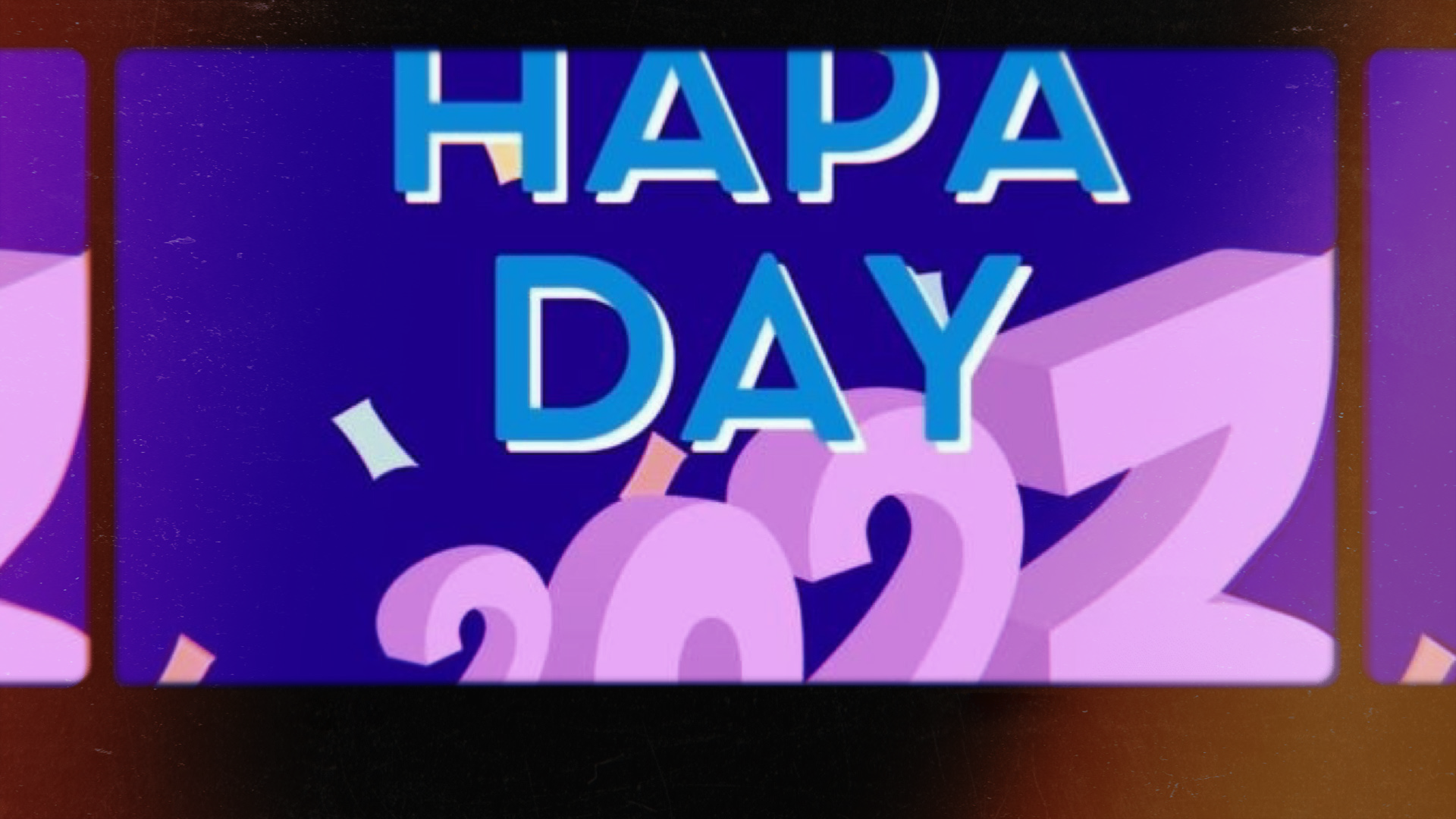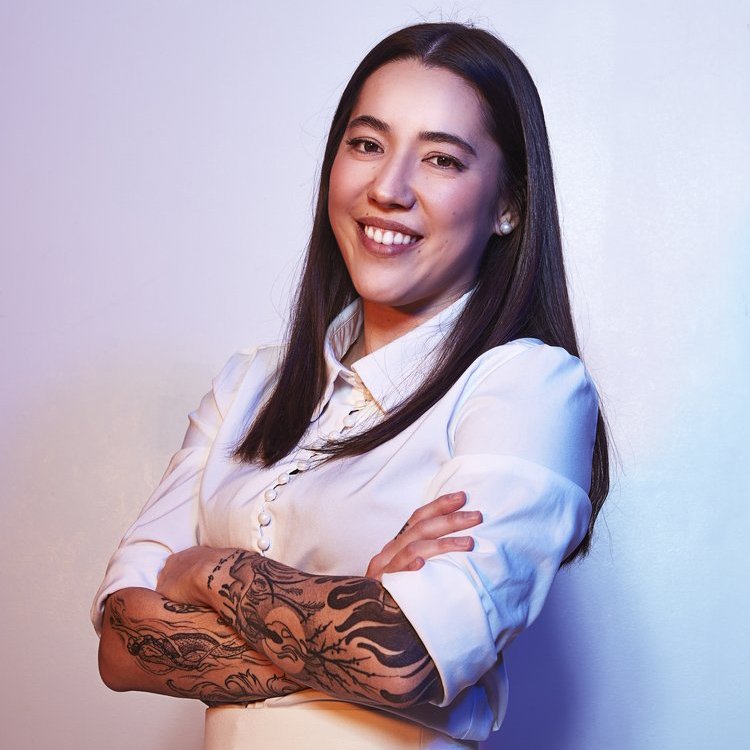Celebrating Hapa Day — Reaching a Common Goal
Mixed Asian Media - June 2, 2023
By Meeja Kinsey
Coming to terms with one’s identity as a mixed Asian person manifests in many forms. Those terms can be hard to nail down. There are multiple slang words and nicknames to categorize individuals who identify as mixed Asian, but the continuously evolving and incredibly diverse diaspora has made it somewhat challenging to agree on one single phrase to characterize us. However, one of the most commonly known terms is Hapa. There are two important concepts that should be appreciated when discussing Hapa as a diaspora.
The first item to address is the origin of the term. Referencing the text, Hawaiian Blood, it has often been thought to be an offensive term for those of mixed race, but academics have contradicted this belief, reporting that it was simply a straightforward translation for “part.” After the influx of white Christian missionaries that flooded Hawai’i during the 1800s, “hapa haole” was the complete phrase used to describe anything that was part foreigner — whether it was a person, song, religious book, or language. “Hapa” transitioned to a slur when blood quantum laws came into effect. These laws arbitrarily required that in order for an individual to be considered Native Hawaiian, one-half of their blood makeup had to be from individuals who lived on the islands before 1778. This definition differed from the indigenous approaches to ancestry and connection, which was more inclusive. It was essentially racist legislation to devalue the authority of Native Hawaiian rulers in order for white supremacy to endure through the privilege of owning property. This political interference with people's identity is what led to the stigma around the term. Another complex element is that there are some Native Hawaiians who believe the word has been appropriated from their culture, therefore applying tension within the debate on who should and should not use the word.
Despite the convoluted history and conflicting perspectives, the City of Los Angeles decided to establish a Hapa Day on May 19 where it hosted an enormous celebration as a part of AAPI Heritage Month. Mayor Karen Bass led the charge in a proclamation ceremony at their city council, followed up by the presence of Hapa Nation One founder, Tiajuna “Tia” Legosky, who pushed for the institution of Hapa Day. Although many mixed Asians in Los Angeles have Korean backgrounds, Legosky has made a point to welcome a mixture of cultures. Around 15 percent of Los Angeles’ population identifies as Hapa and that number is growing according to the Federal Census Bureau’s 2021 American Community Survey. The hope is to create a legacy for future generations to grow up being proud of their Asian heritage. As altruistic and benign this appears to be, there seems to be some disconnect.
To get a Hawaiian perspective on Hapa Day, Mixed Asian Media reached out to Jasmin Iolani Hakes, a professional luau dancer and author who was born and raised in Hilo, Hawaii. Responding by email, Hakes said:
“While I think well-intentioned, the declared Hapa Day presents a conundrum that can be summed up simply by how its organizers have defined the word hapa. It does not mean ‘beautiful’ or ‘cute,’ as stated. It means portion, fragment, to be of mixed blood as part Hawaiʻi, part Hawaiian. There are easily accessible Hawaiian dictionaries online. Verifying the definition of a word gives respect to its origins and acknowledges an entire people, culture, and history. We are all a community fighting against erasure, and working hard for respect, inclusion, and acknowledgment from the wider world. In order to do that, we should provide a better example of what true inclusion is."
Not only are there some concerns of the accuracy of the definition, but there are also questions about the aftermath. MAM asked TX Tario — a Native Hawaiian-mixed actor, performer, and producer — for his take on Hapa Day, and he also responded via email:
“In the world we are living in, diversity is the ‘hot trend.’ But where does that leave the Hapa community? Being of mixed ethnicity does not categorize you to one singular culture. How do those individuals identify then? How are Hapa stories and experiences being shared, or are they being shared? It is a call to action, especially in the entertainment industry, that diversity and inclusion actually includes authentic representation being seen and felt on stages, in front of the camera, and especially in the executive roles of the creative process.”
The second concept is the evolution of the diaspora. Although mixed-race children have existed for centuries, the relationships of their parents were not always so formal. Although marriage isn’t the only gateway to giving birth to mixed children, it does establish a timeline. In the United States, interracial marriage was not legal until 1967. The case, Loving v. Virginia, arose from the incident where Mildred and Richard Loving were arrested for being a Black and white couple, married and living in the state of Virginia in 1958. It took nine years before they won their case, finalized on June 12 (now known as Loving Day), and set the precedent to abolish laws against any form of interracial marriage in America.
Considering all of this, the history of mixed Asians and multiethnic people in America is complicated to say the least. However, at the end of the day, we all want one thing: to belong. Our communities may not all agree on the approach, but it is important to remember we have a common goal and should work as a collective to achieve it. This can be done in a number of ways such as showing respect by listening, holding space, and taking action. If done well, this alone is something to be celebrated.
So, what happens after Hapa Day? As TX Tario says, “It is about time that those who are Hapa rightfully ‘take a seat at the table,’ and be part of the process to share their American experience, the good and the bad. Maybe then can we begin to build a bridge of understanding and aloha (love).”
Meeja Kinsey is a culture and media enthusiast who works in soccer. She is a fanatic of contrasting images and concepts, coming from a background blended with Korean roots and Deaf parents. As a result of moving frequently, she relies heavily on her social media network to build a sense of community. You can always initiate a convo with a good dad joke or follow her on Instagram at @nicetomeeja.


